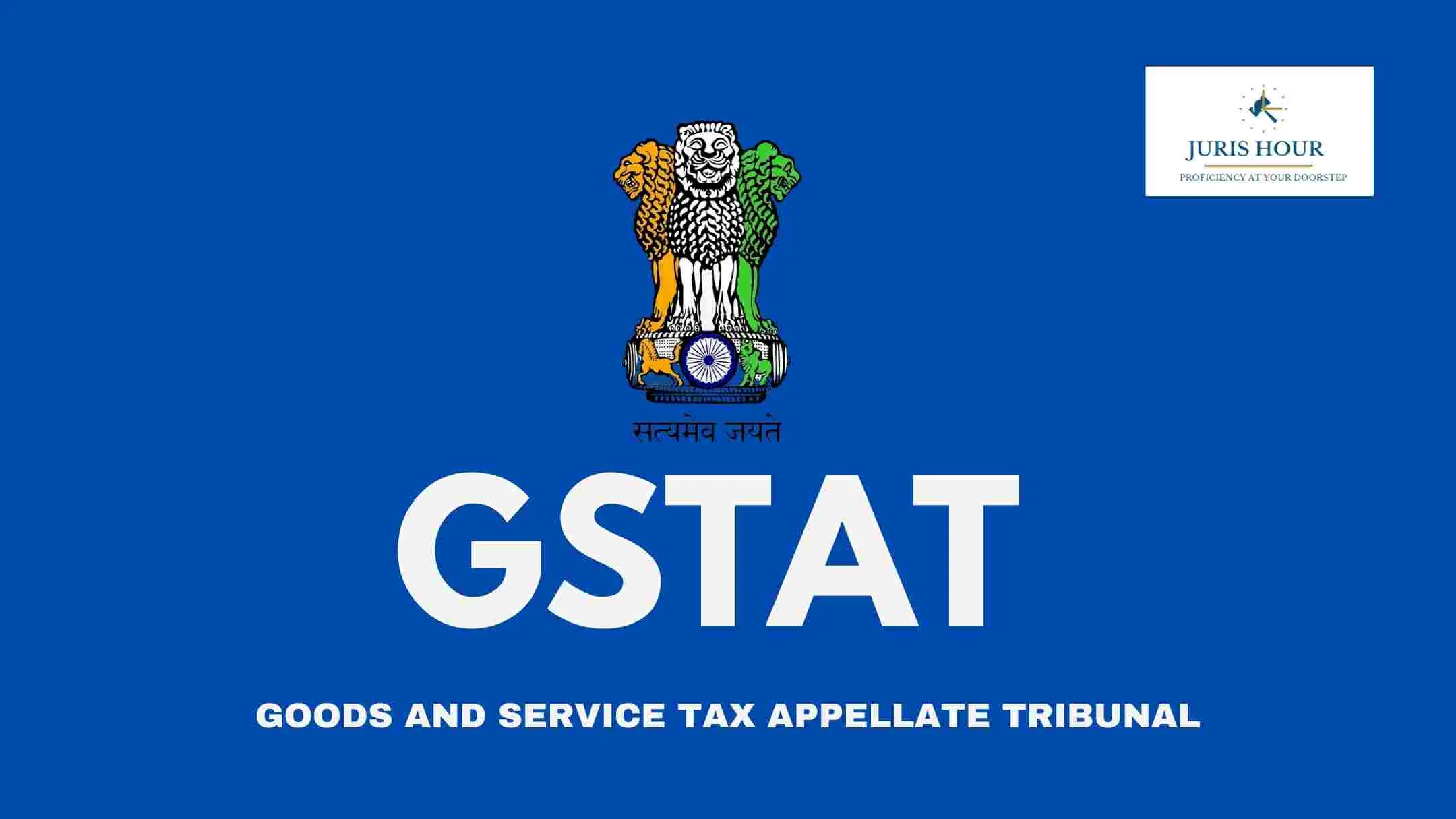The Goods and Services Tax Appellate Tribunal (GSTAT) plays a critical role in resolving indirect tax disputes in India. To ensure timely justice and procedural discipline, both taxpayers and the tax department must adhere to specified timelines under GSTAT procedures. The framework, as laid out by GST expert Abhishek Raja Ram, offers a clear roadmap for every stage of the litigation process.
Appeals and Delay Condonation
The first step in tribunal proceedings is filing an appeal. For taxpayers, the timeline to file an appeal is three months from the date the order is communicated to them. On the other hand, the department is given six months from the date the order is passed.
In cases where there is a delay in filing appeals, both parties are allowed a condonation period of an additional three months, provided they can demonstrate sufficient cause for the delay.
Cross-Objections and Replies
Once an appeal is filed, the opposite party can file cross-objections. Both the taxpayer and the department have a uniform deadline of forty-five days from the date of receiving the notice.
Following this, the respondent’s reply to the appeal must be submitted within one month of receipt. This ensures a prompt exchange of arguments and evidence from both sides.
Rejoinders and Rectification Requests
After receiving the respondent’s reply, the appellant may file a rejoinder. This must be submitted within one month, or as specified by the Bench.
In situations where errors or omissions are found in the final order, a rectification application can be made by either party. This must be done within one month from the date of the final order.
Timelines for Disposal and Pronouncement
The GSTAT aims to dispose of cases as far as possible, within one year from the date of filing. This guideline is applicable to both taxpayers and the department, reinforcing the Tribunal’s commitment to timely resolution.
Moreover, once the final hearing is concluded, the order must be pronounced within thirty days, ensuring judicial efficiency and avoiding unnecessary delays.
Post-Order Proceedings
In addition to rectification applications, parties may also seek rectification of orders within three months from the original order. Furthermore, if there is a need to amend any part of the proceedings, such amendments must be initiated within thirty days from the completion of pleadings.
A continuance application, used in cases such as death or change in representation, must be filed within sixty days from the event occurrence.
Document Compliance and Urgent Hearings
To maintain procedural hygiene, any defective documents must be rectified within seven working days from the date of return, with a maximum extension of thirty days.
In matters of urgency, GSTAT ensures quick action: applications filed before 12:00 noon are listed the very next day, allowing immediate attention to critical cases.
Conclusion: Timelines That Drive Efficiency
These procedural timelines form the backbone of the GSTAT litigation process. They are designed to foster speedy, transparent, and fair adjudication of GST disputes. Taxpayers, consultants, legal practitioners, and department officials must familiarize themselves with these key deadlines to ensure that rights are protected and cases are not derailed due to procedural lapses.


